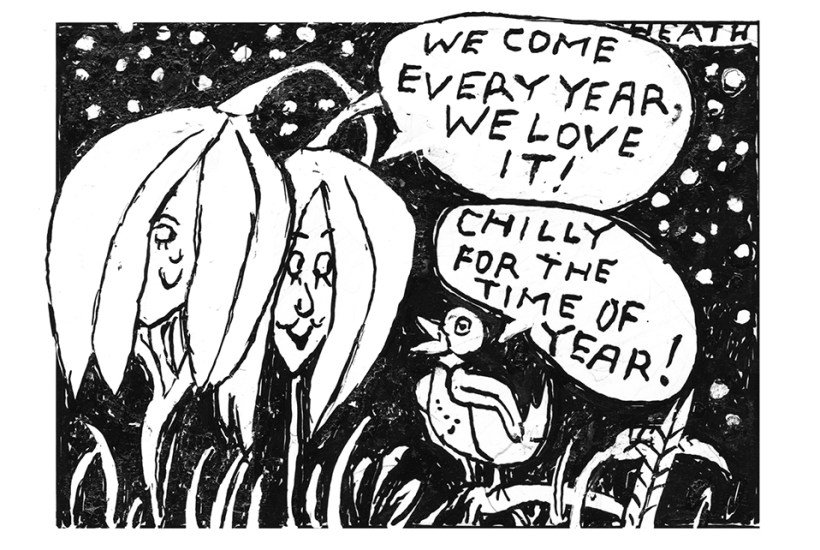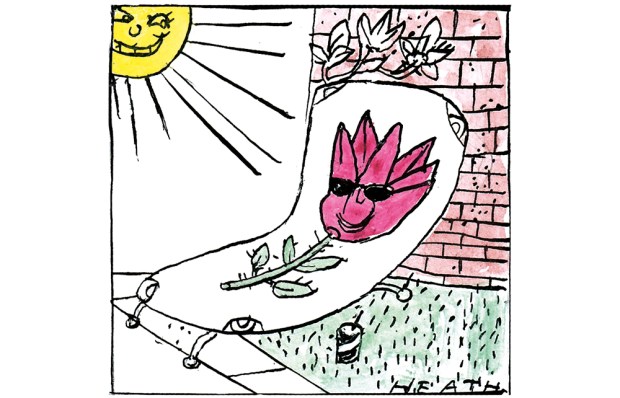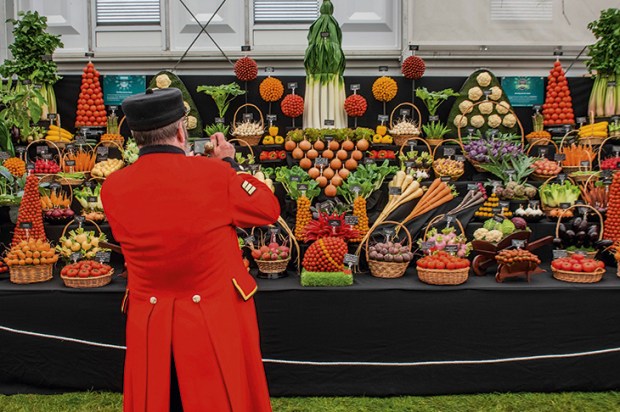Who does not love a snowdrop? The pure white of their pendulous petals may be chilly, but who cares when they flower in the chilliest months, often on their own, or accompanied only by hellebores and aconites. I grow a number of snowdrop species and cultivated varieties, as well as unnamed seedlings that seem to appear out of nowhere, since these bulbs are relentlessly promiscuous.
Already a subscriber? Log in
Subscribe for just $2 a week
Try a month of The Spectator Australia absolutely free and without commitment. Not only that but – if you choose to continue – you’ll pay just $2 a week for your first year.
- Unlimited access to spectator.com.au and app
- The weekly edition on the Spectator Australia app
- Spectator podcasts and newsletters
- Full access to spectator.co.uk
Or
Unlock this article
You might disagree with half of it, but you’ll enjoy reading all of it. Try your first month for free, then just $2 a week for the remainder of your first year.














Comments
Don't miss out
Join the conversation with other Spectator Australia readers. Subscribe to leave a comment.
SUBSCRIBEAlready a subscriber? Log in